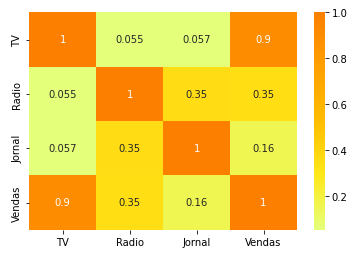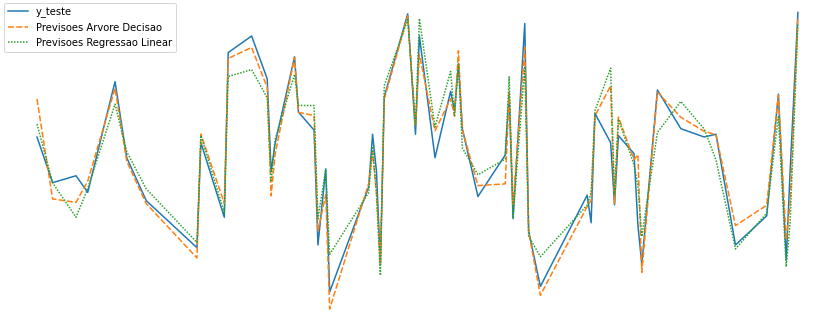The purpose of this commit is to save the resolution of all the exercises of the 10 hours of classes of the Python Intensivão, made by the Hashtag Programação.
Os programas foram feitos no Jupyter Notebook, mas meu Github sempre buga quando posto algum arquivo Jupyter. Então passei para arquivos .py.
Além disso não consegui fazer o commit junto com os arquivos Excel, caso queiram dar olha olhada nos programas com os arquivos, cliquem aqui.
- import pandas
- import selenium
- import pyautogui
- import pyperclip
- from IPython.display import display
- import plotly.express
- import time
- import os
- import matplotlib.pyplot
- import seaborn
- from sklearn.model_selection import train_test_split
- from sklearn.linear_model import LinearRegression
- from sklearn.ensemble import RandomForestRegressor
- In class 1, a program was made that enters Google Drive, downloads the report in Excel and after that, enters the E-mail and sends the report to someone specific with an explanation text. All this was done automatically!
- In class 2, we did the error handling inside a table in Excel and after that we did the data analysis with graphs that the program itself builds.
-
In class three we did another automation. This time, we made a program that enters Google, takes the dollar, euro and gold quotations and after that fills an Excel table with the quotation values and calculates the prices of the products in relation to the currency quotation.
-
In class 4, we work with Artificial Intelligence and Machine Learning.
We have developed a program that shows the level of relationship between products (Radio, Newspaper and TV) and the amount of sales.
 The more orange and the greater the value (which varies from 0 to 1), the greater the sale of the product.
The more orange and the greater the value (which varies from 0 to 1), the greater the sale of the product.After that, knowing that the sales of the products were related to each other, we trained two A.I.'s to make a prediction of how many products we will sell (Y) if we invest in another different product (X). The first AI model was the "Decision Tree" model, and the second was the "Linear Regression" model. After training them, we asked them to make a prediction and after that we compared how close their respective predictions were to reality. Below is the forecast chart:

The "Linear Regression" model was 89.5% consistent with reality.
The "Decision Tree" model had an incredible 93.0% of consistency with reality.
Therefore, we can conclude that the Decision Tree model is more apt to be used.
After that, just make new predictions and use the best A.I.




